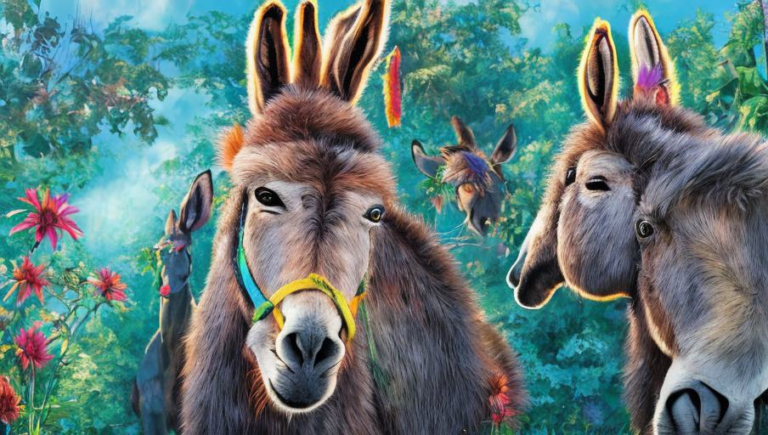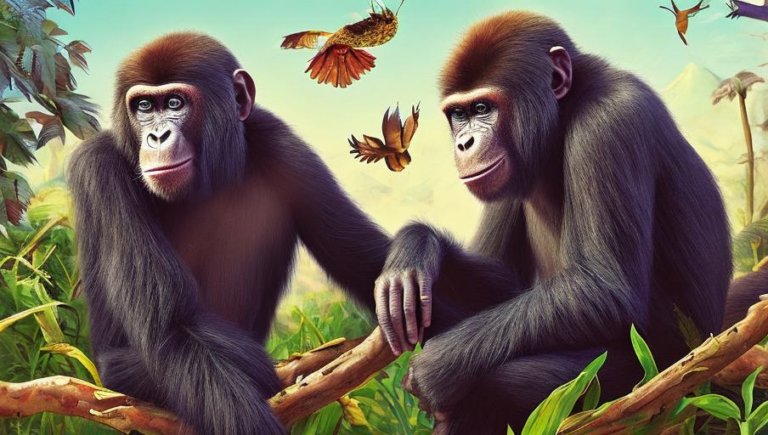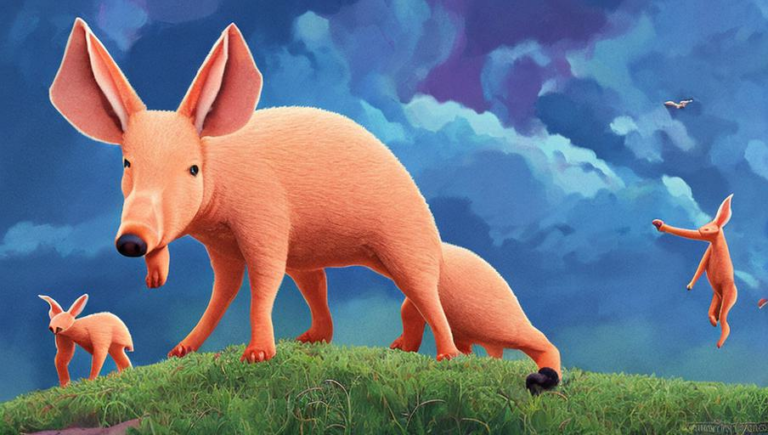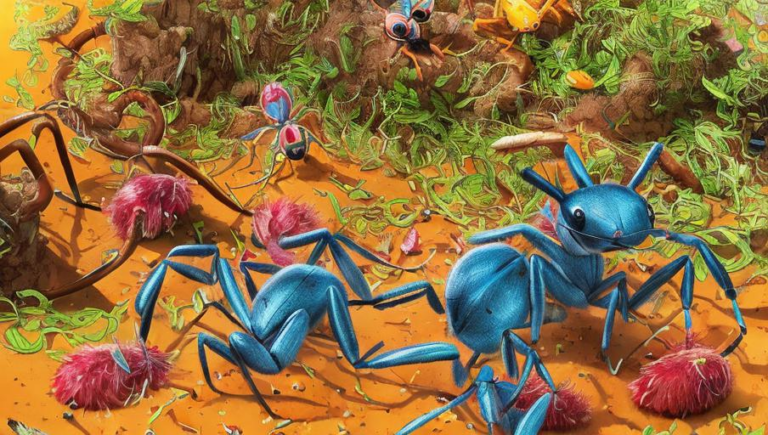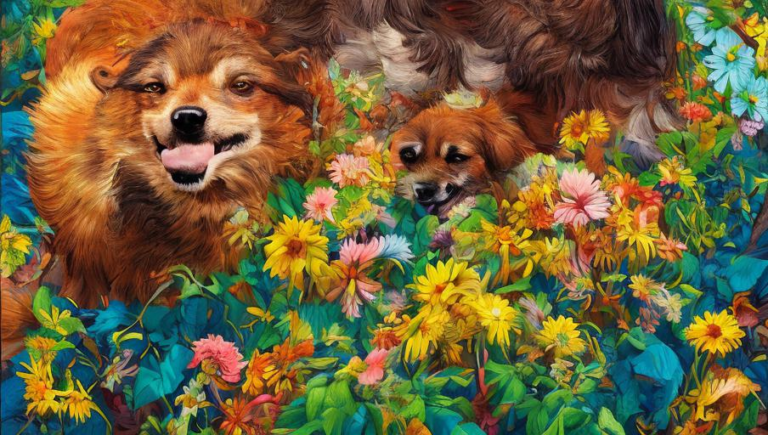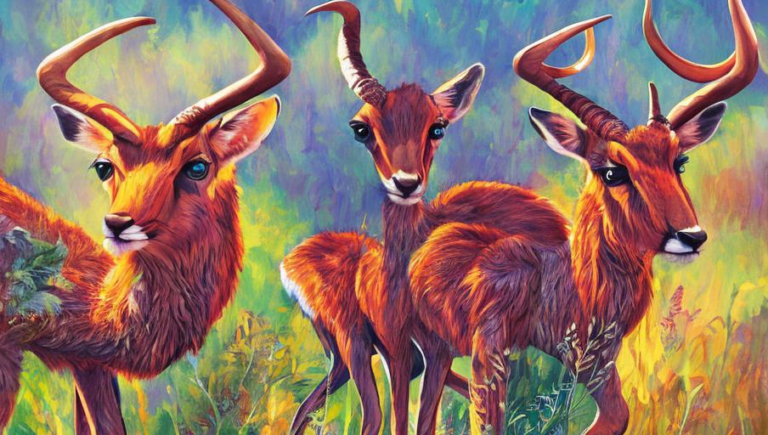IUCN and the Curlew
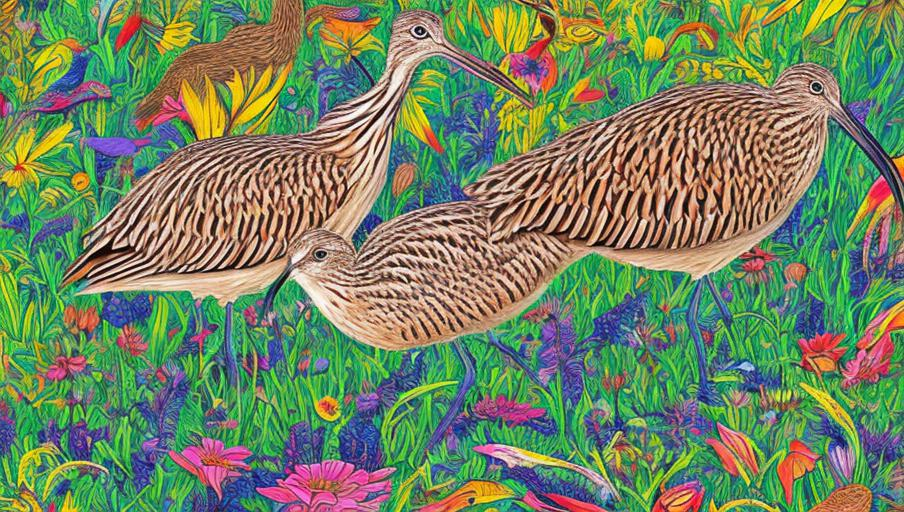
The Curlew: A Unique Bird Species
The curlew is a large, long-legged wading bird found in wetlands and grasslands all over the world. It is one of the most distinctive birds around and is easily recognizable by its long curved bill and long legs. The curlew is a highly migratory species, found in a variety of habitats from open fields to dense woodland and mountains. It is also an important member of the avian food chain, feeding on insects and other small animals, as well as grains, seeds and fruits.
The curlew is listed as near threatened by the International Union for Conservation of Nature (IUCN). The population of this bird has been declining over the past decades due to habitat loss and degradation caused by human activities such as deforestation and draining of wetlands. Additionally, the curlew is also threatened by hunting, pollution, and climate change.
The IUCN
The IUCN is a global organization that works to conserve biodiversity and ensure sustainable development. It is the world’s oldest and largest global environmental organization and works to protect species, ecosystems, and people’s livelihoods. The IUCN is responsible for assessing the conservation status of species and identifying their conservation needs, such as protection from hunting and habitat destruction.
The IUCN Red List of Threatened Species is the world’s most comprehensive inventory of the conservation status of species. It includes information on the taxonomy, distribution, population size, threats, and conservation actions of over 20,000 species. The IUCN Red List assesses species on the basis of their risk of extinction and categorizes them into one of nine categories: Critically Endangered, Endangered, Vulnerable, Near Threatened, Least Concern, Data Deficient, Extinct in the Wild, Extinct, and Not Evaluated.
The Curlew and IUCN
The curlew is listed as Near Threatened on the IUCN Red List, meaning that it is close to being classified as Vulnerable. This is due to the population decline caused by destruction of its grassland habitats and extensive hunting. The IUCN has identified several conservation actions that need to be taken to protect the curlew, including:
- Habitat Protection: Protecting the grassland habitats of the curlew is essential for its survival. This can be done by creating protected areas and sustainable management of existing grasslands.
- Reduction of Hunting: Hunting of curlew should be reduced or eliminated to ensure the survival of the population.
- Research and Monitoring: Research and monitoring of the population is essential in order to understand their needs and ensure they are being met.
- Awareness and Education: Raising awareness and educating the public about the importance of conserving the curlew is essential in order to ensure its survival.
The curlew is an important species and needs to be protected in order for it to survive. The IUCN has identified the conservation actions needed to protect the species, and it is up to us to ensure that these are implemented. By protecting our natural habitats, reducing hunting, and raising awareness, we can help ensure the survival of this unique bird.
